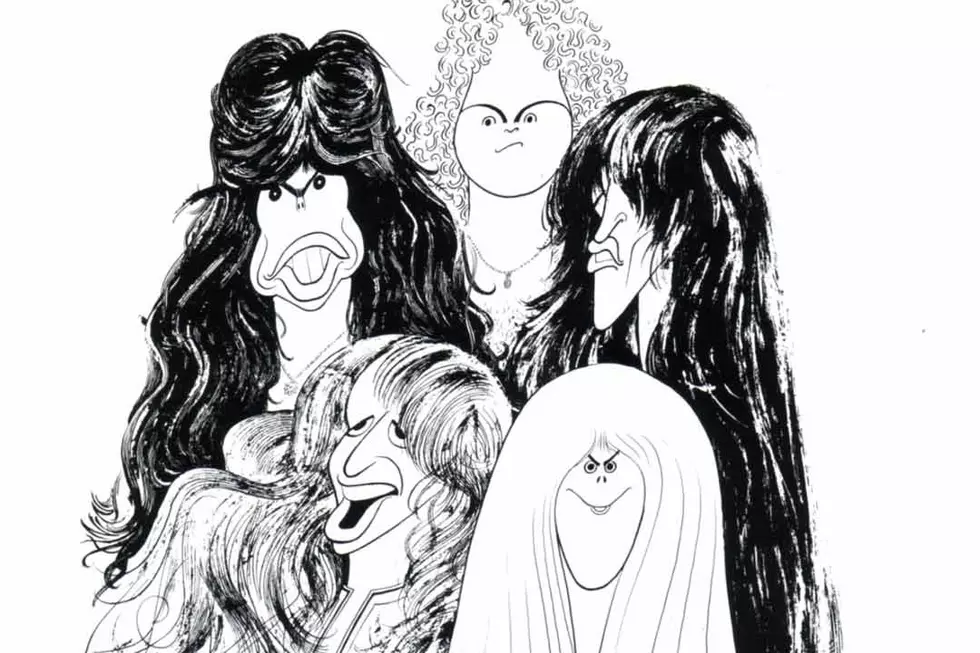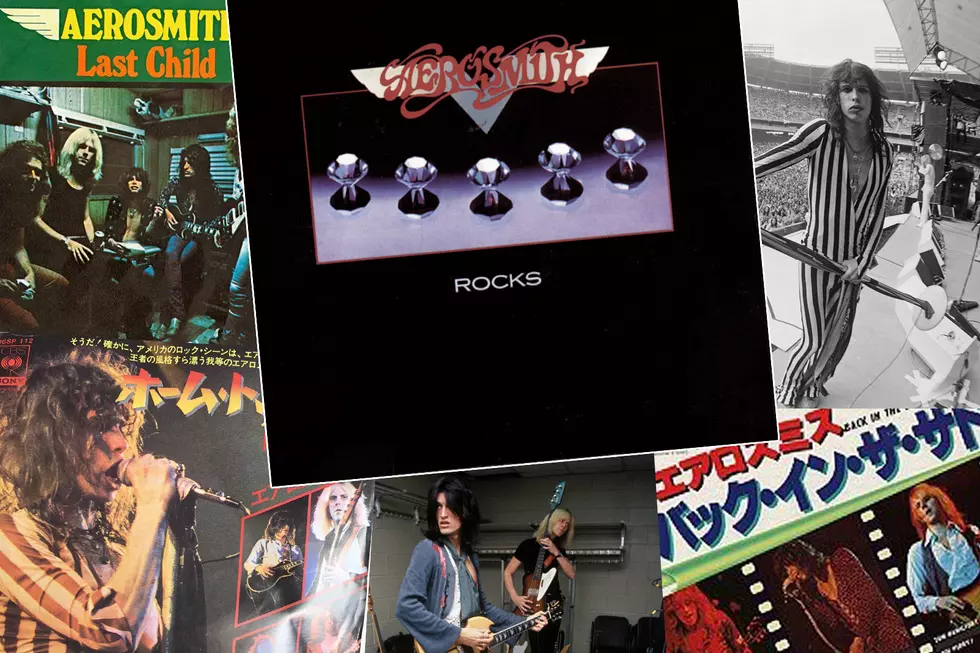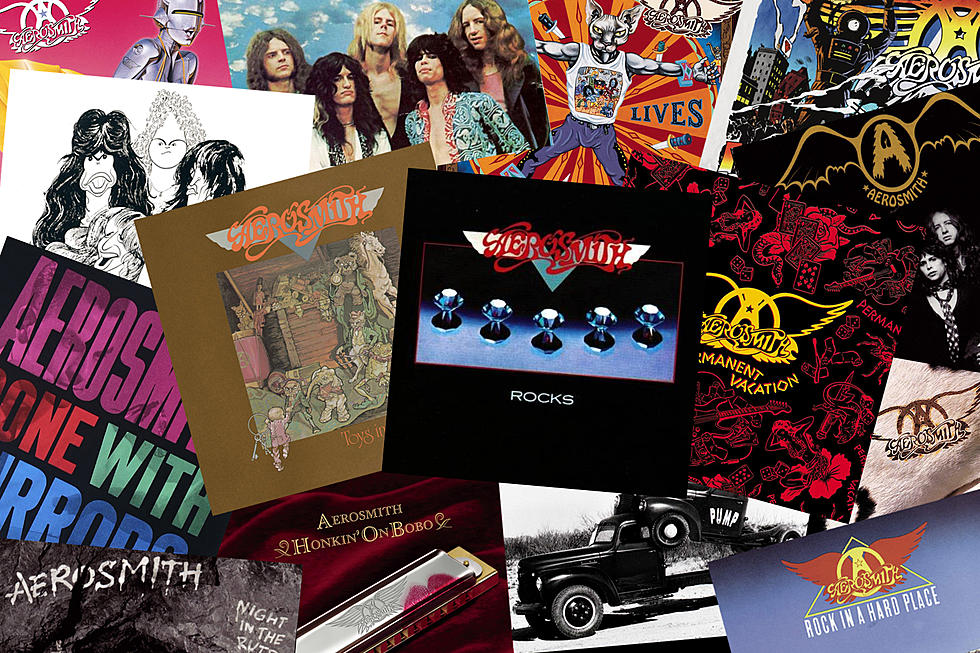
How Aerosmith Began to Fall Apart With ‘Draw the Line’
Aerosmith were coming off the peak of their success when they went into the studio for Draw the Line.
Following the back-to-back classics Toys in the Attic and Rocks, the group were positioned to deliver an album that would have cemented their legacy alongside '70s stalwarts like Led Zeppelin. Instead, they turned in an oddly dispirited album that heralded a dramatic reversal of fortunes in their career.
The group recorded Draw the Line in a rented-out abandoned convent, but they weren't exactly behaving like saints: Egos, drugs and fighting were a regular part of band life by that time, and members of Aerosmith would later recall the sessions as a turning point when their music began to feel uninspired.
Released on Dec. 9, 1977, album was not entirely bad by any means. The title track was classic Aerosmith, and has figured prominently in their live set ever since. Still, much of the album consisted of should-have-been-great, but-not-quite tracks like "I Wanna Know Why," "Get It Up" and "Sight for Sore Eyes," all of which featured important elements of the classic Aerosmith sound, but somehow didn't quite catch fire.
Listen to Aerosmith Perform 'Draw the Line'
"Critical Mass," with its bizarre harmonica parts, sounded almost like a band trying to sound like Aerosmith instead of the actual group, while Joe Perry's punky solo offering "Bright Light Fright" was a somewhat misguided attempt to bend with the times, and "The Hand That Feeds" was a disjointed noisefest in search of a real song.
"Kings and Queens" was an odd departure for Aerosmith that sounded more like a Queen B-side or even a lost Rush track, which music critic Robert Christgau called "synthesized medieval pomp-rock."
Even the better tracks were hampered by a flat, one-dimensional audio production that seemed barely professional quality. Rolling Stone destroyed the album called Draw the Line "a truly horrendous record, chaotic to the point of malfunction and with an almost impenetrably dense sound adding to the confusion."
The album was commercially successful upon its release, going platinum and eventually being certified double platinum. Even so, Aerosmith was set on a downward course.
Perry's departure brought about the end of their classic era during sessions for their next LP, Night in the Ruts. The original lineup didn't play together again until 1985, when Aerosmith reunited for Done With Mirrors.
Rock's 100 Most Underrated Albums
Was Aerosmith’s ‘Night in the Ruts’ Doomed to Fail?
More From KLUB Tejano 106.9










